Aircraft engine: air or water cooled?
So, having considered the best representatives of the motors of the Second World War, the god of motors himself orders to reflect on which of the heroes was more profitable and cooler. There are many opinions here, but let's try to look at the engines impartially and with some lust.
We will consider the examples of fighters, simply because the bomber with its tasks, in principle, does not matter which engine to fly. We fly and fly, flew in, bombs dropped, we fly back. For fighters, everything was somewhat more complicated in terms of tasks.
So which was better: an air-cooled engine or a water-cooled engine?
Yes, we will call the liquid cooling engine out of habit water, because what kind of antifreezes were there in the 30-40s of the last century? At best, water with ethylene glycol. At worst, water and salt or just water.
By screws!
The confrontation between "liquid" and "air" engines began when these motors appeared. More precisely, when the engineers came up with the idea that it was worth stopping to rotate the cylinders of the rotary motor around the crankshaft. And so the "air star" appeared. Quite a normal engine, no quirks and problems. But by the end of World War I, engineers were quite able to adapt a water-cooled car engine, so the competition began even then.
And throughout its existence, liquid-cooled V-engines and air-cooled radial engines competed with each other.
Each of these engine types has advantages and disadvantages. Let's take a few motors from both categories to compare. Let's just say the best of the best.
ASh-82 and Pratt & Whitney R-2800 Double Wasp will play for the airmen, and Rolls-Royce Merlin X, Daimler-Benz DB 605, Klimov VK-105 will play for the watermen.
There is one injustice in the table. Connoisseurs will immediately understand what this is about: of course, this is weight. For "water" in the performance characteristics, the so-called "dry" weight is always given, that is, without water / antifreeze. Accordingly, they will be behind the scenes, that is, on the runway, heavier. Somewhere by 10-12%, which is a lot.
Now let's go compare.
Design
Structurally, of course, it is easier to air. No cooling jacket needed, no radiator needed, no armor protecting the radiator, piping, radiator shutters.
The air engine is simpler and therefore cheaper to manufacture and maintain. And more reliable in battle. It is known that air-cooled engines withstood several hits and continued to work, having lost two or even three cylinders. But the water engine easily failed in the event of one hit in the radiator.
1: 0 in favor of air engines.
Охлаждение
More effective, in general, air. The main problem with double stars was heat removal from the second row of cylinders. If the designers could handle it, everything was just fine.
In flight, the aircraft quietly provided the necessary amount of air to cool the cylinder heads. And the water engine had a limitation in the form of liquid temperature, which was limited by the boiling point of water / antifreeze. The temperature of the cylinder heads of an air engine is in any case higher than the temperature of the coolant, so that with the same volume of air passing through the cylinder heads of an air engine and a radiator of a water engine, air was more efficient, since the radiator area was clearly inferior to the area of a star. And the removal of one unit of heat required a larger volume of air than from the cylinder heads.
All the more so when, over time, the radiators were hidden in the tunnels.
2: 0 in favor of air.
Aerodynamics
Yes, water engines definitely had an advantage here. Thinner and sharper nose, narrower fuselage - water-powered aircraft were noticeably faster than their air-powered competitors.
The thick forehead of an air-powered aircraft is a serious blow to the aircraft's aerodynamics. And at the beginning of the journey, and in general, the Townend ring was considered the pinnacle of aerodynamic inventions.
And in the early 40s, there was a kind of division: airplanes with water engines were faster, airplanes with air ones were more maneuverable.
It is worth noting here that the lighter I-16, A6M, “Rock” were indeed very maneuverable machines. But they were inferior in speed to their water competitors.
The best example here is our I-16.
In fact, with the "Cyclone" from the "Wright" company, I-16 easily beat Bf-109B in Spain. However, as soon as the Germans got the DB-600, which gave Emil an advantage in speed and vertical, the roles changed immediately, and yesterday's hunter became a game.
In reality, it was not only a more powerful generation of motors, it was also a matter of aerodynamics. The planes became thinner and sleeker, the radiators were recessed into the wings and fuselages, and the use of antifreezes made it possible to improve heat transfer and reduce the size and - importantly - the weight of the radiators and coolant, which had to be poured into the system.
So 2: 1 in favor of air.
weaponry
And here there are a lot of nuances.
The water engine was simply created for real air snipers, as it allowed the use of such a wonderful thing as a motor-gun. The gun was aimed exactly at the nose of the plane, no problem. Plus, a couple of machine guns could be placed around the cylinder block.
All this gave a very good second volley with minimal dispersion. A very important point.
Here you immediately need to give a point to the watermen. 2: 2.
However, who said that the air-cooled fighters were all sad? Absolutely not!
Let's start with the fact that there were two unique fighters, La-5 and La-7, which the ASh-82 engine made it possible to place two and three synchronous ShVAK cannons. Yes, the ammunition load was quite decent, about 120 rounds per cannon, this was enough above the roof to conduct a battle and smash any enemy bomber.
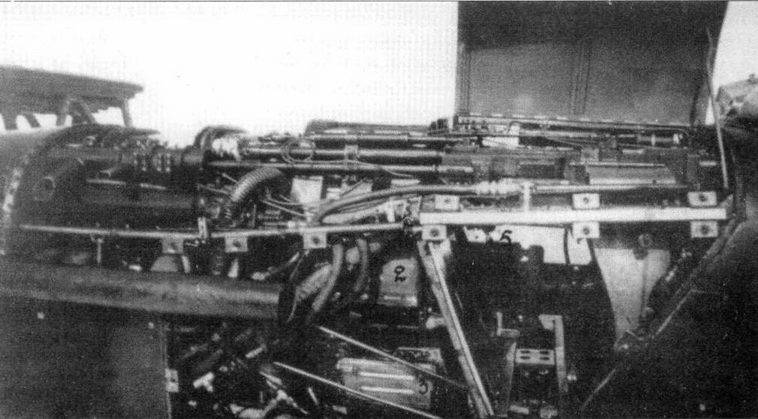
But Lavochkin's fighters are a very interesting exception to the rule.
But everyone else, Germans, Japanese, Americans, preferred to take advantage of the fact that there are no bulky cooling radiators in and around the wing, and placed whole batteries in the wings.

By the way, there are also enough pluses. Easier to maintain ... no, not weapon... Just the engine, around which there are no cannons, machine guns and cartridges / shells stuck. There is more space in the wing, respectively, you can mark out more ammunition and more barrels.
The Focke-Wulf 190A-2, the owner of one of the most impressive second rounds, carried four 20mm cannons in its wings. True, there was a "secret". The root (located closer to the fuselage) cannons had 200 rounds of ammunition, and the distant ones only 55. But still impressive. Plus two synchronous machine guns.
The Japanese on the Ki-84 "Hayate" cost less ammunition for the wing guns, only 150 rounds and 350 rounds for synchronous machine guns.
But in my opinion, the Americans have achieved the most significant success in terms of the placement of weapons. The P-47 with eight 12,7-mm Browning and the F4U Corsair with six is quite. Plus an ammunition load of 400-440 rounds per barrel. On the wing outermost from the fuselage, the side-box could be reduced to 280 rounds, but this is really insignificant.
You can talk for a long time on the topic of which is better, two cannons or six large-caliber machine guns, but this is a topic for a separate study. There are pros and cons. In any case, 3 rounds against 000-300 rounds - there is something to talk about.
So in the quantitative terms of the deployment of weapons, the fighters with air engines turned out to be no worse than their colleagues. Moreover, since the air engines were more powerful than the water ones, then, accordingly, they allowed to take on board the most. It is logical.
And if we take as a comparison the Yak-9 with one 20-mm cannon and one 12,7-mm machine gun against an American fighter with a battery of eight 12,7-mm Browning, it is very difficult to say who will be the winner. Asu-sniper, of course, will only need a dozen or two shells, but if we are talking about mid-range pilots ... There machine guns will be more interesting, because at least something will hit.
Air score. 3: 2.
DEF
Everything is completely different here. The water engine had to be protected. Protect the engine itself from lumbago, protect the radiator, protect all fittings. For one or two hits in the engine jacket or radiator - and that's it, they arrived. Yes, there is some time before the engine gets stuck from overheating. And you can try to reach a convenient place either on your territory, or - a parachute. Not very reliable, not very convenient.
An air star could simply be defended like an armor plate. Of course, these engines were afraid of lumbago, but there were cases when the Focke-Wulfs smoked without a pair of cylinders, but flew. And our "La" quite normally crawled to airfields with three knocked out cylinders. IN stories many such cases have been recorded.
That is why La, Thunderbolt, and Focke-Wulf proved to be very good attack aircraft. An air engine could hide from small-caliber anti-aircraft guns and carry everything in its path. And more powerful engines easily allowed bombs to be taken on board. La-5 - 200 kg, Focke-Wulf 190 series F - up to 700 kg, and Thunderbolt series D - up to 1135 kg.
Now some will say that the best attack aircraft of the Second World War flew on a water motor, and they will be right.
However, the Il-2 is an attack aircraft that was born as an attack aircraft. And above it was about the fighters that became attack aircraft. There is a difference, and primarily in terms of protection.
And in terms of protection, air-cooled engines are definitely ahead. 4: 2.
This is the picture. The reason for this, of course, is the double-row stars that appeared in the early 1940s. And they eclipsed the water engines, which have taken a big step forward since their inception.
The main step in the development of air-cooled engines was the moment when the designers coped with the problem of cooling the second row of cylinders. Much has been done for this: the rows of cylinders were pushed apart to allow air to flow better around the cylinder heads, the area of the oil coolers was increased, since most of the heat was removed precisely through the oil, and the fins of the cylinders were increased.
It was the solution to the cooling problem that put the stars ahead in terms of power and mass. It was simple: the double star had a larger displacement compared to the water engine. Hence the great power.
If we compare the specific power of our engines at the level of 1943, then the ASh-82F had an indicator of 1,95 hp / kg, and the VK-105P - 2,21 hp / kg of engine weight. It seems that the VK-105P was better. And any plane with it had to have an advantage.
However, if we take an aircraft that flew both the VK-105 and the ASh-82 and compare, we will not be surprised to see that the LaGG-3 with the VK-105P in terms of flight performance was losing to the La-5 with the ASh-82 in all respects. And this despite the fact that La-5, let's say, did not shine aerodynamically.
The power of the ASh-82 double star solved all the aerodynamic problems by simply pulling the plane out at the expense of "extra" 500 hp.
Of course, the designers of the water engines were not going to give up and tried to catch up with the air vents. There have been attempts to pair the motors so that the two motors work through a gearbox on one propeller. In reality, no one succeeded.
Smarter was the design of H- and X-shaped engines, when several cylinder blocks would work on one crankshaft. Such an engine came from the British, Napier "Saber", a 24-cylinder monster. "Typhoon", of course, flew with him, but as soon as the British brought to mind their air Bristol "Centaur", then they safely forgot about the "Saber".
At the very end of World War II, a new generation of water engines appeared, with an increased displacement mainly due to an increase in the piston diameter and a thinning of the block walls. On the one hand, this affected the resource, on the other, it gave the necessary power. AM-42, "Griffon", DB-603, Yumo-213 - they were all good in this regard, but they were late for the war.
To put the finishing touches on the piston engine competition, it's worth looking at the end of their careers.
When turbojet engines appeared, piston engines had to retire.
Lightweight and sporty became the domain of internal combustion engines aviationwhere there were requirements for the engines.
Air engines occupied sports aviation, but water engines simply had to leave altogether. True, in recent years there has been a tendency to return diesel engines to aviation, but in any case, these are not so much aviation engines as automobile engines.
So to summarize, I would take responsibility for arguing that air-cooled aircraft internal combustion engines were more efficient than their liquid-cooled counterparts in several ways.
The fact that the miracle engine ASh-82 still works both in airplanes and in helicopters only confirms this statement.
So if someone thinks differently, there is where to speak and leave your vote in the appropriate form.
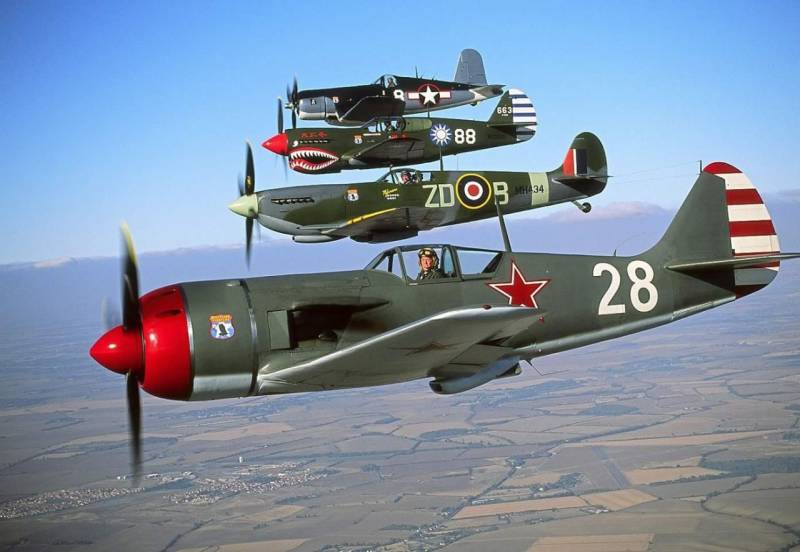
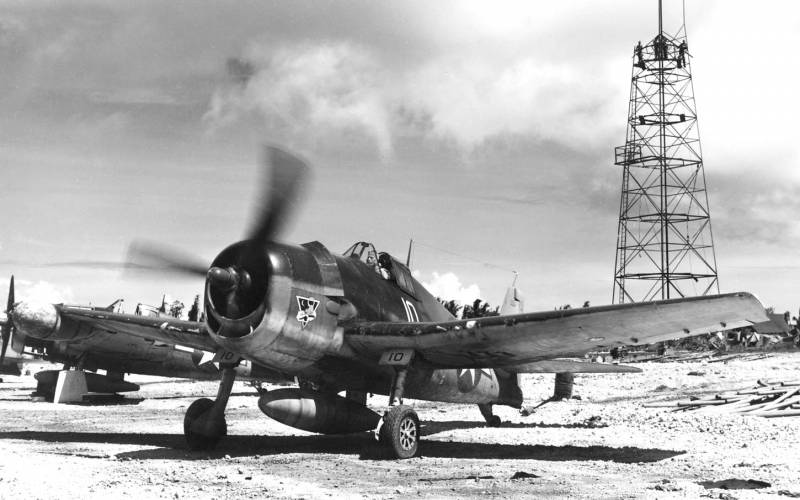

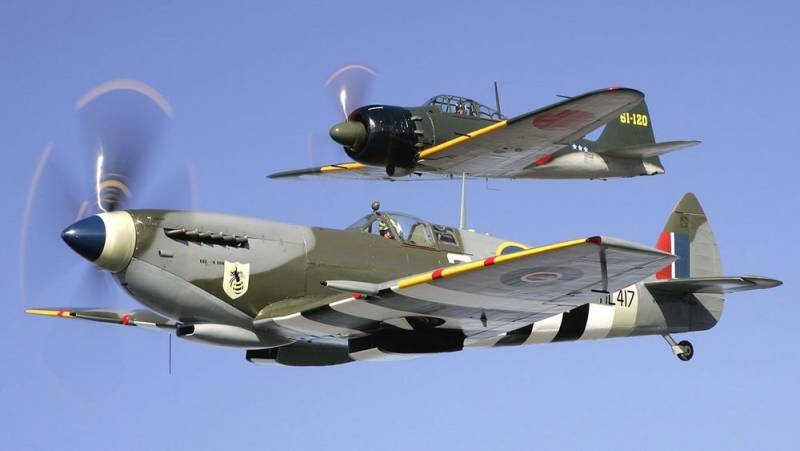
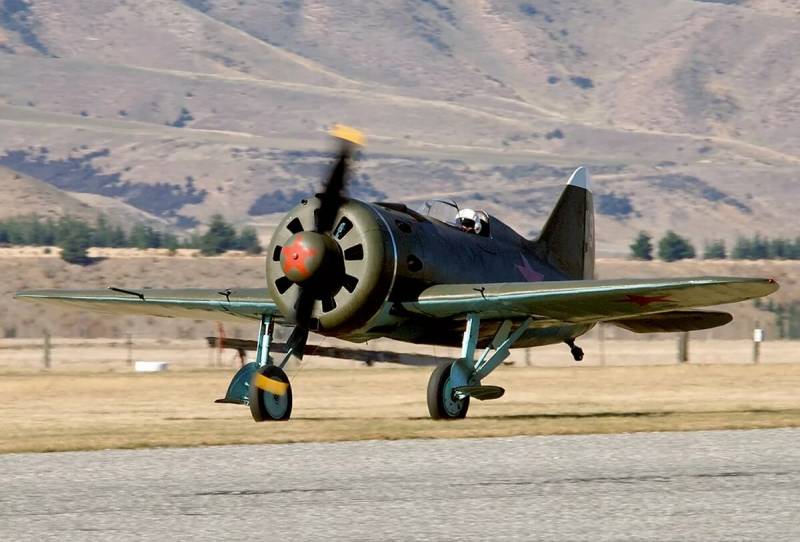
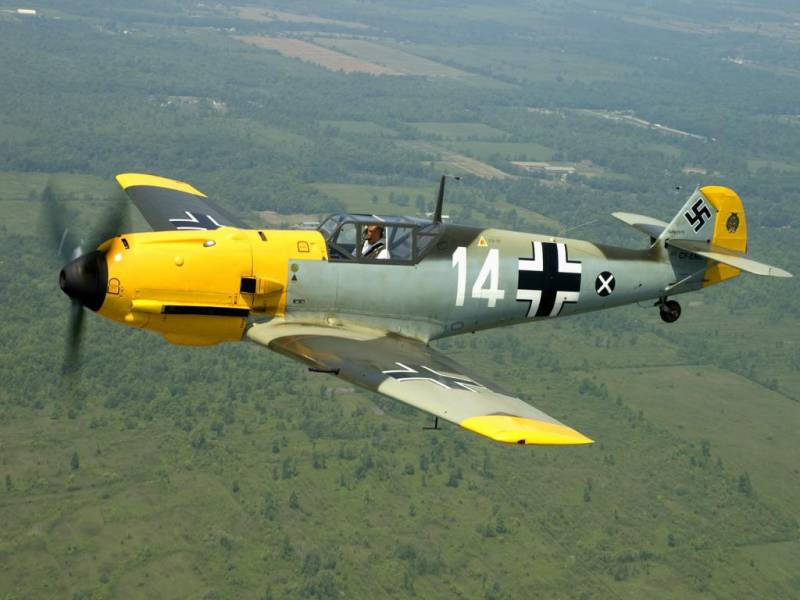
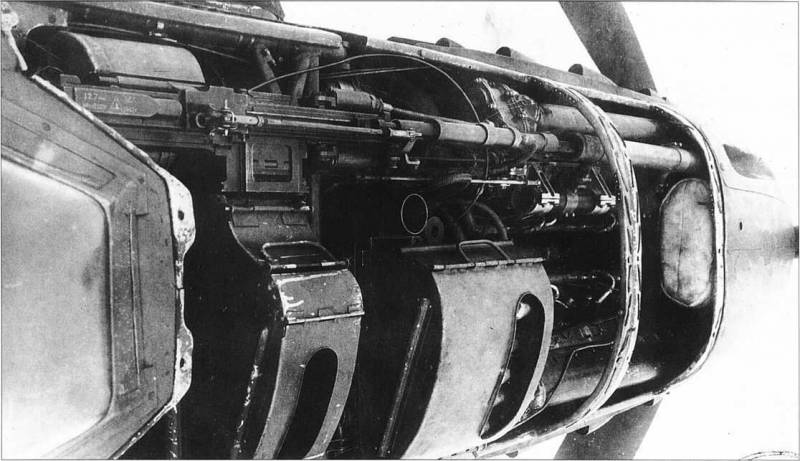
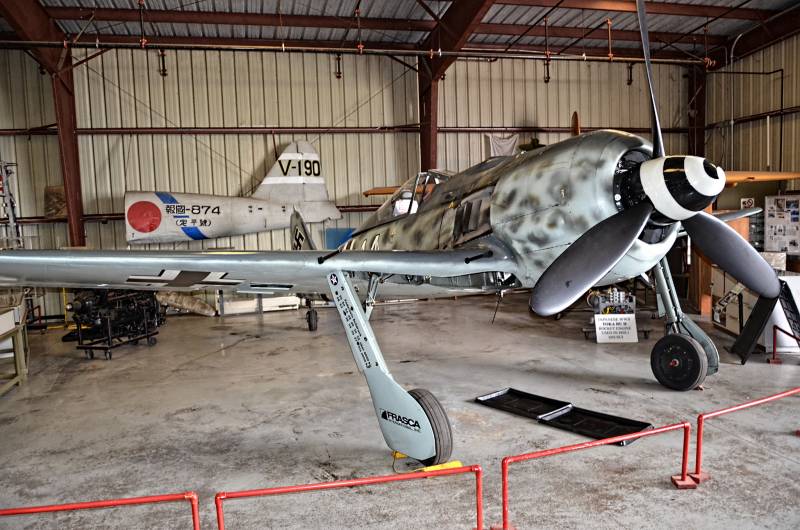
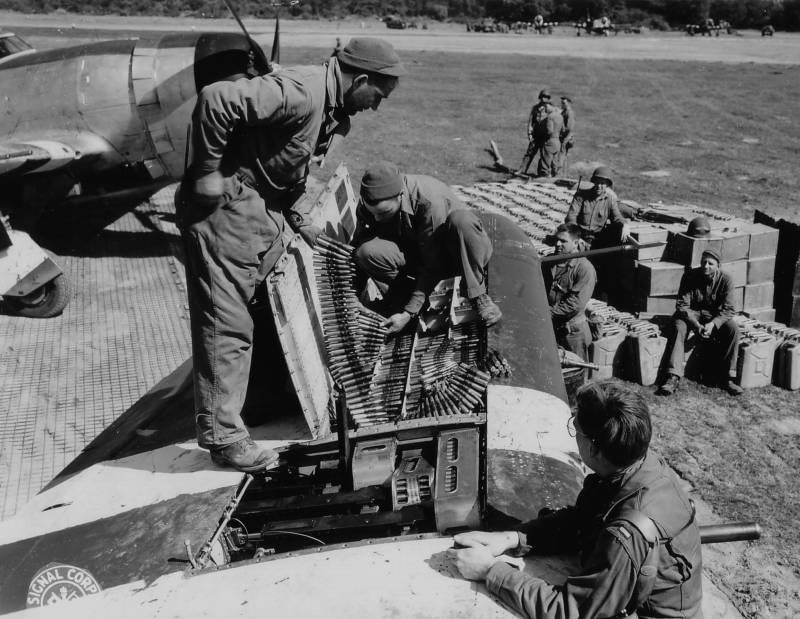
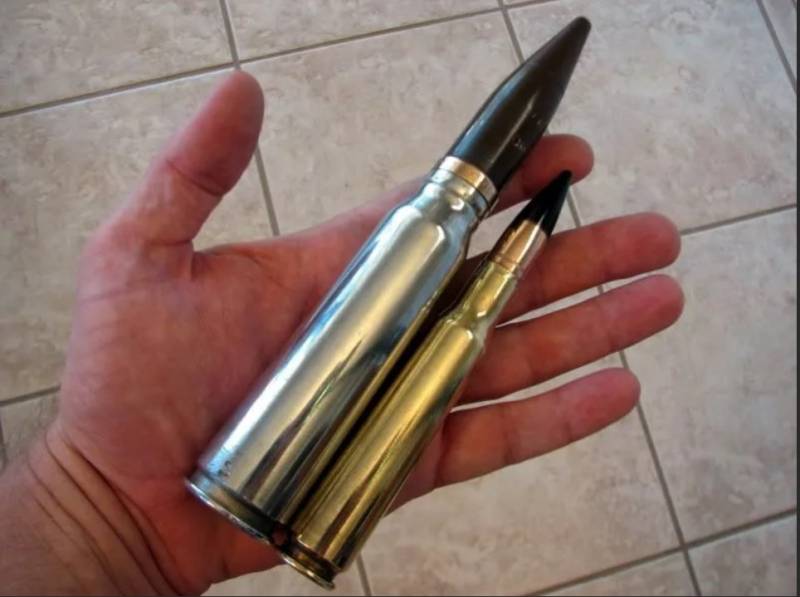
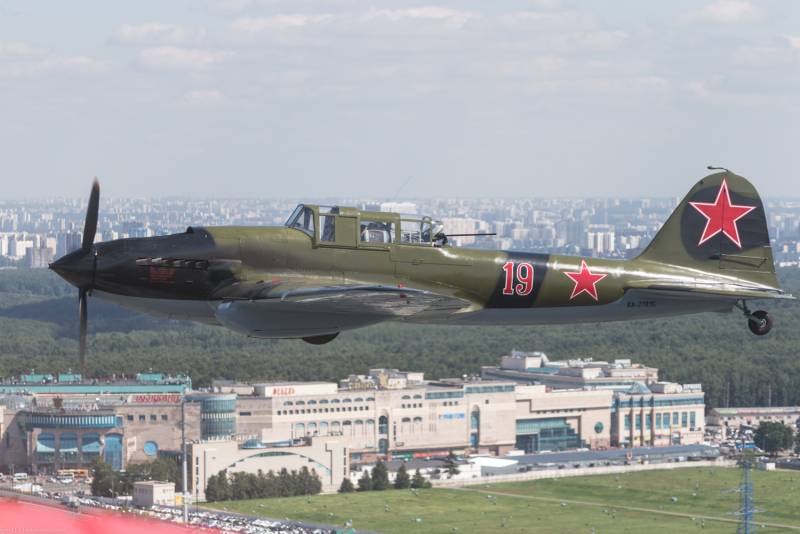
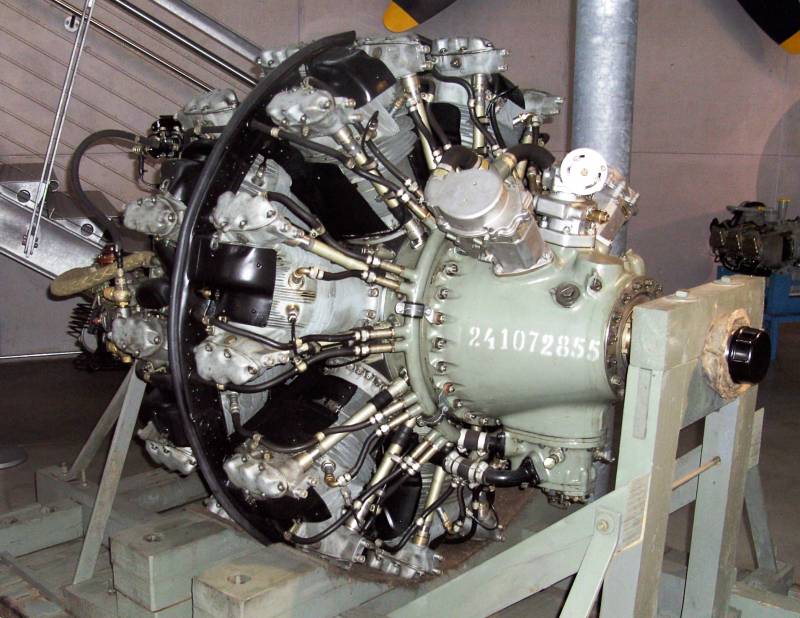
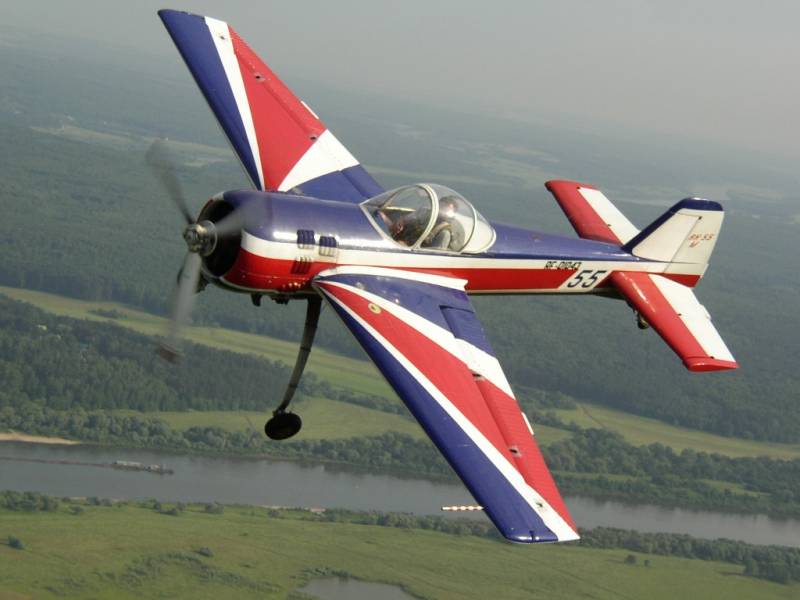
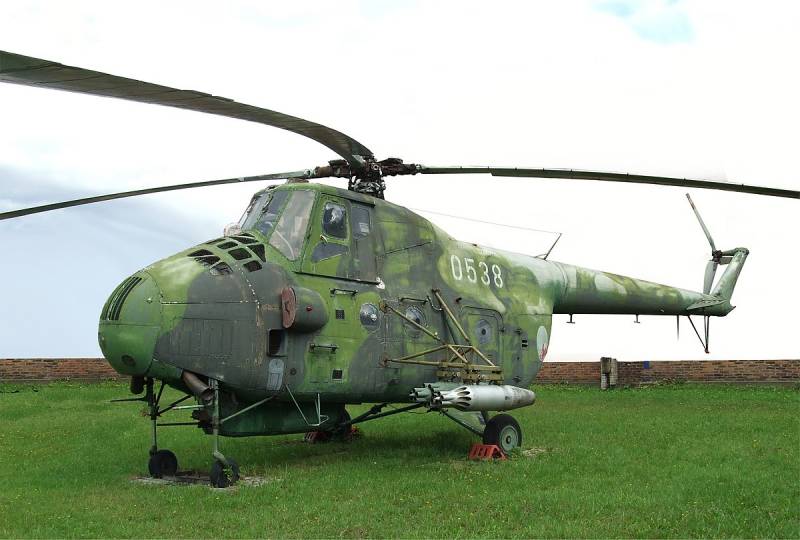
Information